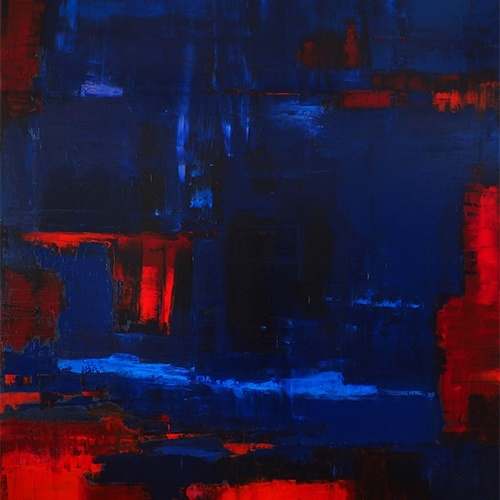Abstract
Formal theories reveal a visual dimension underlying better-known picture theories.
Patterns of elements such as lines, shapes, and spaces, along with their properties,
generate emotional responses and follow visual styles in society. The elements combine into systems that create perspectives on the world. Formal awareness may generate an understanding of visual philosophies and their inherent values and consequences.
Picture theories start from the tension between scientific invention and artistic expression.
From linguistics and philosophy, semiotics provides terms for analysing pictures as signs
that mediate among mind, eye, and reality, operates within codes, and reproductive mythology.
From film and literary aesthetics, narrative theory offers analytical structures that reproduce realism through supposed objectivity, rationality, and autonomy in dialogue with conventions and genres. Critical, cultural, and poststructural theories assert the inauthenticity of pictures, social construction of representation, and instability of meaning. Visual aesthetics, analysis, criticism, and ethics have entered flux in digital times.


